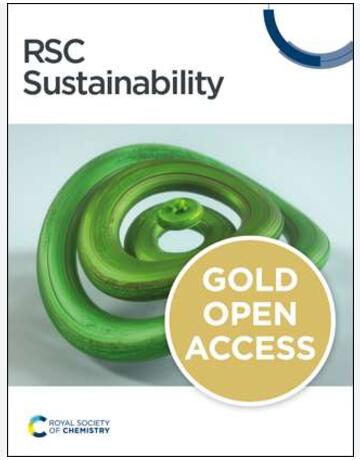圣保罗的车速限制与道路安全和空气质量行动
IF 3.3
3区 环境科学与生态学
Q2 ENVIRONMENTAL SCIENCES
引用次数: 0
摘要
研究表明,全世界每天约有三千人因交通事故和空气质量差而丧生。拥有数百万居民和车辆的大城市面临着许多与车辆交通有关的问题。2015 年,巴西圣保罗市对多条道路的限速进行了修改。然而,2017 年,限速再次提高,但并非之前的所有路线。这项研究分析了这一变化在十年间对事故数量和污染物浓度的影响,并利用该市当局、州交通和环境公司收集和提供的真实数据,对实施该措施前后的时期进行了比较,涉及四十多条路线和附近的两个空气质量站。结果显示,从 2010 年开始,圣保罗市道路上无人员伤亡的事故数量明显减少。虽然政府官员采取的限制措施可能有助于减少事故数量,但死亡人数却没有太大变化。空气污染并没有随着车速的改变而得到实质性改善,因为新的车速提高与新的拥堵现象有关。自 2010 年以来,事故造成的平均死亡人数一直在增加,事故也越来越严重。应用一般线性统计模型(GLM)估算了降速政策在每月避免受伤人数方面的影响:在其他道路和 Pinheiros 高速公路上分别为 43.4 起和 14.1 起。这些结果突出表明,在车辆流量大的城市,当局需要不断收集数据。受伤人数减少的重要时间趋势,而死亡人数和空气质量减少的重要时间趋势,表明有必要采取联合公共政策,不仅要降低车速,还要使用新技术,并提高驾驶员对这一问题的认识。本文章由计算机程序翻译,如有差异,请以英文原文为准。
Speed Limits in São Paulo and the Actions for Road Safety and Air Quality
Studies carried out have revealed that every day around three thousand people lose their lives in the world due to traffic accidents and poor air quality. Large cities, with their millions of inhabitants and vehicles, face many problems relating to vehicular traffic. In 2015, the speed limit was modified on several roads in the city of São Paulo, Brazil. However, in 2017, the speed limits were increased again, but not on all previous routes. This study analyzed the impact of this change on the number of accidents and pollutant concentrations, over a period of ten years, comparing the periods before and after the implementation of the measure, using real data collected and provided by the authorities of the city and the state transit and environmental companies, on more than forty routes and two nearby air-quality stations. The results showed a clear reduction in the number of accidents without victims on the roads of the city of São Paulo, starting in 2010. Although the restrictive measures imposed by government officials may have contributed to the decrease in the number of accidents, the number of fatalities has not changed so much. Air pollution has not improved substantially with speed changes, as new speed increases have been linked to new episodes of congestion. The average number of fatalities due to accidents has been increasing since 2010 and accidents are becoming more serious. The application of a general linear statistical model (GLM) estimated the impact of the speed reduction policy in terms of the number of injuries avoided per month: 43.4 and 14.1 on other roads and on the Pinheiros highways, respectively. The results highlight the need for a constant data collection by the authorities in cities with high vehicle traffic. The important temporal time trend in terms of reduction of injuries, but not in terms of fatalities and air quality, shows the need to apply joint public policies, not only speed reduction, but also the use of new technologies and raising drivers’ awareness of the problem.
求助全文
通过发布文献求助,成功后即可免费获取论文全文。
去求助
来源期刊

Sustainability
ENVIRONMENTAL SCIENCES-ENVIRONMENTAL SCIENCES
CiteScore
6.80
自引率
20.50%
发文量
14120
审稿时长
17.72 days
期刊介绍:
Sustainability (ISSN 2071-1050) is an international and cross-disciplinary scholarly, open access journal of environmental, cultural, economic and social sustainability of human beings, which provides an advanced forum for studies related to sustainability and sustainable development. It publishes reviews, regular research papers, communications and short notes, and there is no restriction on the length of the papers. Our aim is to encourage scientists to publish their experimental and theoretical research relating to natural sciences, social sciences and humanities in as much detail as possible in order to promote scientific predictions and impact assessments of global change and development. Full experimental and methodical details must be provided so that the results can be reproduced.
 求助内容:
求助内容: 应助结果提醒方式:
应助结果提醒方式:


